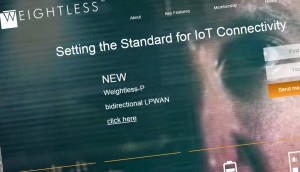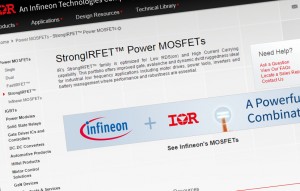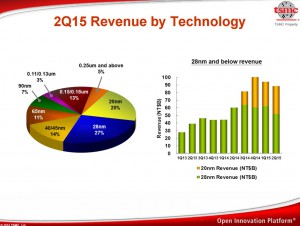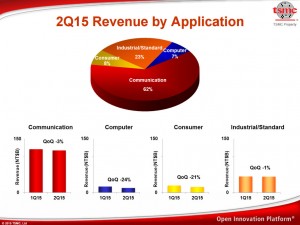 Handset sales are expected to grow from 1.88 billion to 2.16 billion units between 2014 and 2020, at a CAGR of 2.4%.
Handset sales are expected to grow from 1.88 billion to 2.16 billion units between 2014 and 2020, at a CAGR of 2.4%.
Smartphones will comprise 95% of global handset sales by 2020, up from 65% in 2014, and will first exceed 2 billion unit sales in 2020.
“The fact that almost all handsets to be sold in 2020 will be smartphones will lead to great socioeconomic achievements across the world in the next five years,” says Ovum’s Ronan de Renesse.
Android and iOS devices will continue to lead the market with 80% and 14% smartphone volume market share respectively in 2020, almost identical to 2014.
Handsets based on Microsoft’s Windows Phone OS will capture most of the remaining market with a 4.2% market share in 2020, equivalent to 86 million unit sales.
Africa and the Middle East and Latin America will lead the smartphone market in terms of growth over the next six years with a CAGR of 17% and 11% respectively, reaching a combined 576 million units sales by 2020, up from 254 million in 2014.
In Asia Pacific, the Chinese market is reaching saturation with an expected CAGR of only 4.1% in the next six years, versus 19.7% for India and 16.3% for Indonesia.
North America and Western Europe will be trailing behind with a CAGR of only 2% in the next six years.
Most of the growth in the smartphone market will come from the sale of sub-$100 devices in developing as well as developed countries.
This price tier will represent more than 40% of global smartphone sales by 2020, up from 13% in 2014.
Ovum’s study revealed a steep decline in smartphone prices: between 4Q13 and 4Q14, the median price of prepaid and SIM-free smartphones (representing 56% of all operator offers worldwide) decreased 28%, from $360 to $258.
This decline is largely attributed to a structural shift toward lower-end smartphone models rather than price decreases in particular segments. With 40+ manufacturers recorded via this study, the low-end smartphone segment is also the most diverse and competitive.







